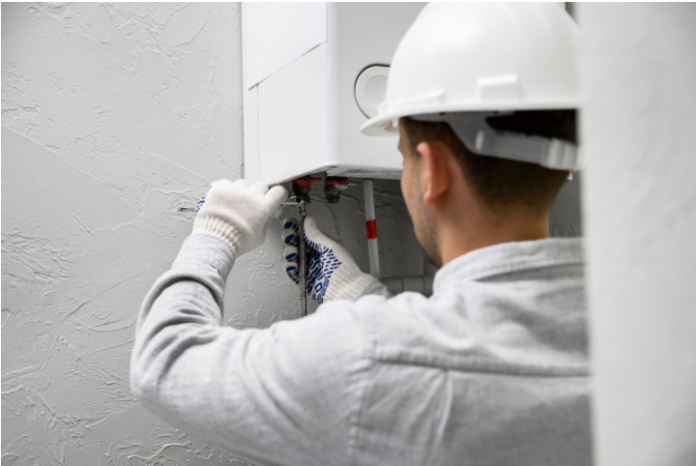It is pretty common for today’s plumbing contractors to offer water heater maintenance services. Routine maintenance can increase lifespan and reduce the risk of premature and costly repairs. But what does water heater maintenance look like from the plumber’s perspective?
It’s a legitimate question given the fact that most of us know very little about the water heaters in our homes. We know so little that even homeowner maintenance escapes us. Perhaps that’s why contractors are more than happy to offer maintenance services.
Beehive Plumbing is a Utah plumbing and HVAC contractor serving Salt Lake, Utah, and Davis counties. Here are the most common things they say plumbers address when performing water heater maintenance:
1. Draining and Flushing
The general rule in plumbing is to drain and flush a water heater at least once annually. This is especially important in Utah thanks to its extremely dry environment and its propensity for wildfires and winter inversions.
Draining and flushing eliminates the sediment that tends to settle in water heater tanks. Sediment is bad because it promotes corrosion. It can also damage pipes and valves. Thankfully, draining and flushing are easy. It is a job homeowners can do themselves with a garden hose.
2. Inspecting the Sacrificial Anode Rod
Every electric water heater has a sacrificial anode rod. This is a metal rod charged by an electrical current to attract iron, limestone, and other minerals. Its purpose is to keep those minerals out of the water that flows from your tap.
The ‘sacrificial’ portion of the name describes the fact that the rod has a limited lifespan. It ultimately attracts so many minerals that it no longer works. Then it needs to be replaced. Plumbers performing water heater maintenance know to check this rod at least once annually. Like draining and flushing, replacing the rod is fairly simple.
3. Testing the TPR Valve
A water heater TPR (temperature and pressure relief) valve is a safety feature designed to release water if the pressure in the tank gets too high. If this valve malfunctions and pressure in the tank builds, the tank could actually rupture.
Routine maintenance dictates testing this valve to ensure it’s working properly. If not, it needs to be replaced. During testing, most plumbers will also inspect the discharge pipe for cracks or leaks. They will replace it if it is damaged.
4. Inspecting the Thermostat
Water heaters have thermostats for regulating water temperature. Routine maintenance includes inspecting the thermostat to ensure it is in working condition. Most plumbers will also adjust the thermostat settings to keep water at 120°F or lower.
5. Inspecting Combustion Systems
Gas water heaters have complex combustion systems. These systems need to be inspected regularly. They also need to be cleaned. This is considered part of routine maintenance from a plumber’s perspective.
In addition, a gas water heater needs to be properly vented. Ventilation allows carbon monoxide gas to escape from the home. This is critical to safety as carbon monoxide can injure and kill very easily. If for no other reason, ventilation is good motivation to have a professional inspect a gas water heater annually.
6. Checking for Leaks in Corrosion
Last but not least is checking the water heater for leaks in corrosion. This is standard practice for both electric and gas models. Small leaks and minor corrosion can become big problems if not dealt with.
Water heaters need routine maintenance just like all the other mechanics in your home. If you don’t know how to do it, have a plumbing contractor do the work. You will be glad you did.

